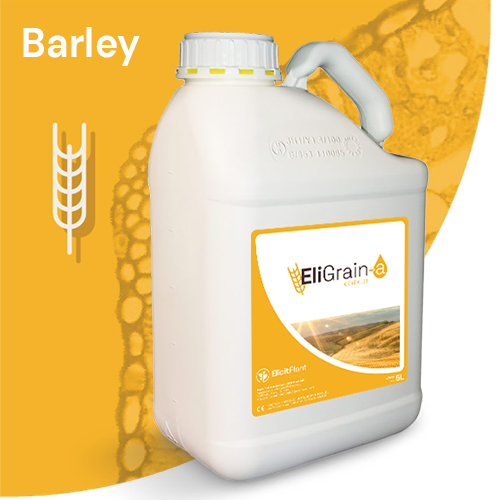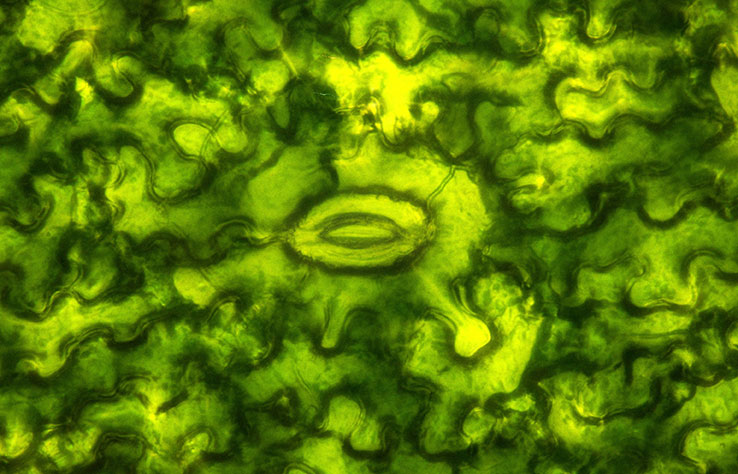A drought is a prolonged period without rainfall. It is linked to exceptional weather conditions, including changes in rainfall regime over the year, high temperatures and drying winds, which all take effect over time. Drought that has a direct impact on agricultural production is edaphic drought, also known as soil moisture drought. It is due to a lack of available water reserves in the soil for plants, which has consequences on plant production as a whole, and indirectly on animal production.
Droughts increasingly frequent and severe
According to figures from the European Drought Observatory (EDO), which has been studying soil moisture since 2012, the continent has suffered drought conditions for the past ten years or so. More specifically, since 2018, there has been a month of drought every year affecting more than 40% of European soils. This was not the case for the previous six years, from 2012 to 2018. Elsewhere in the world, northern Brazil was hit by an unprecedented drought in the autumn of 2023, harming people, wildlife, and plant life.
Water deficit stress, an insidious phenomenon
The term ‘drought stress’ refers to a plant’s condition when its water requirements exceed what the soil can provide. In other words, the plant is ‘thirsty’, but the soil does not have enough water to quench the thirst. A drought naturally causes drought stress over time, but just a few days – or even a single day without water – can cause the plant sufficient stress to impact its development, and therefore the resulting yields. Plants are consequently forced to activate mechanisms to preserve themselves. Lack of water undermines yield potential to varying extents depending on the stage of the crop’s development. Even a short, one-off period of water deficit is enough to cause yield losses if it occurs at a key point in the plant’s life cycle, such as the flowering or grain filling stages.
Soils with low available water content are more vulnerable
Plots with low available water content are particularly prone to drought stress. If the soil fails to retain enough water, plants can rapidly incur the consequences. This is also the case after low intensity rains whereby the soil appears moist on the surface but remains dry at the roots and deep within. A strong wind can also quickly dry the land. Conversely, heavy rains tend to run off the soil and not penetrate the earth, especially on hard soils. These heavy rains do not contribute to the soil’s available water content and have minimal impact on managing water deficit stress in plants.









